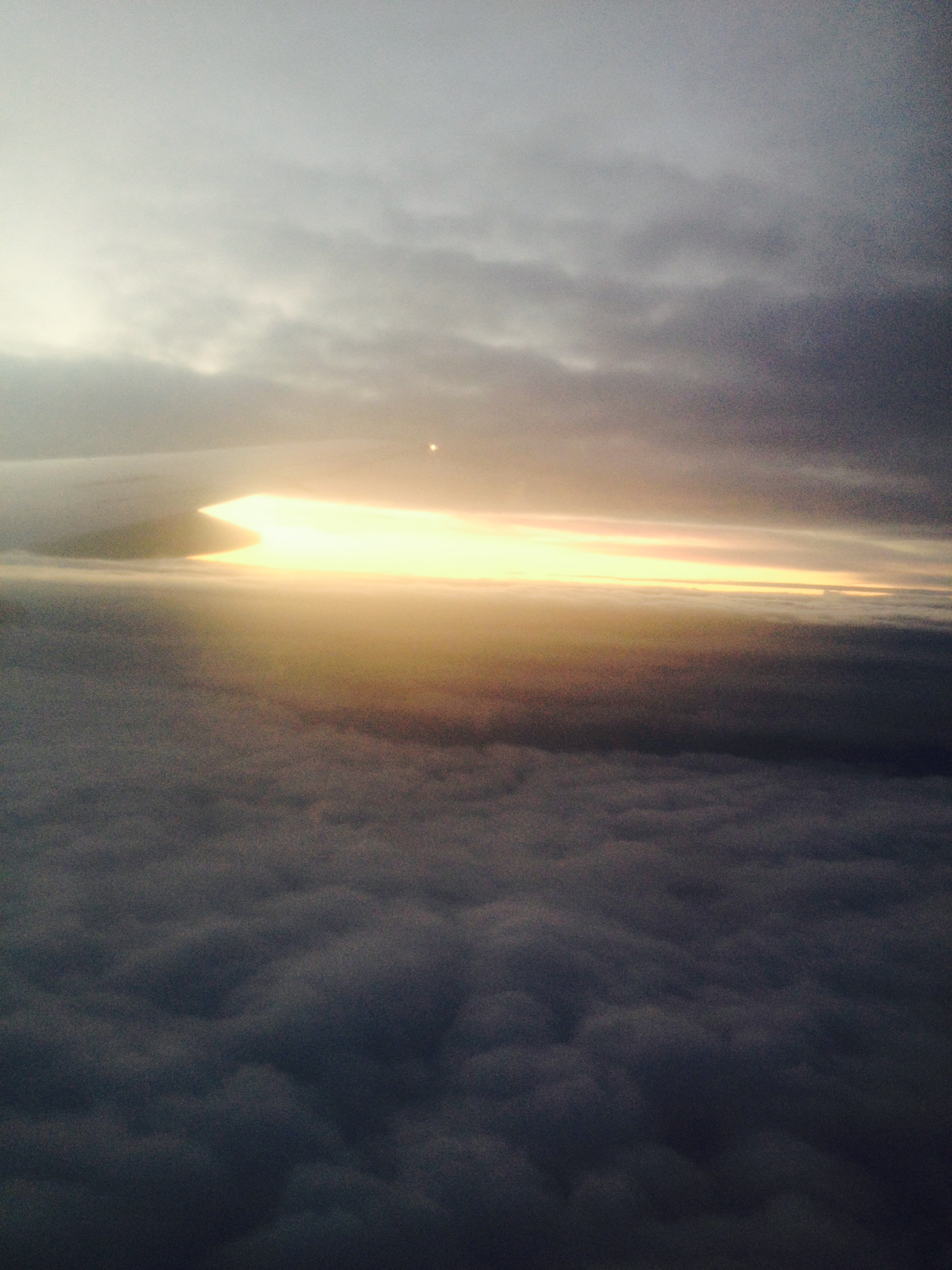
Lying in bed last night, I read on Twitter that Subcomandante Marcos had died, that he had committed suicide. My heart stopped for a moment. Of course he didn’t die, not exactly, but he had released his final communiqué, in which he announced his own dissolution and insisted that he had never existed, not exactly, that he had never been anything more than a character, a hologram, the clown suit that Zapatismo wore for the media and for the outside world. Marcos was, he insisted in this final communiqué, nothing more or less than “a complex distraction ploy, a terrible and marvelous magic trick.”
Those who had loved and hated him, he wrote, “now know that they have hated and loved a hologram. Their love and hate has been useless, sterile, empty, hollow. There will be no museum or metal plaque on the house where I was born and grew up. There will be no one who goes on living having once been Subcomandante Marcos. No one will inherit his name or his position. There will be no all-expenses-paid trips to lecture overseas. There will be no transfer for care in luxurious hospitals. There will be no widows or heirs. There will be no funerals, no honors, no statues, no museums, no prizes, none of what the system does to promote the cult of the individual and devalue the collective. The character was created and now we, his creators, the Zapatistas, destroy it. If anyone understands this lesson given by our compañeras and compañeros, they will have understood one of the foundations of Zapatismo.”
The hologram will forgive us our grief. I was 22 when I went to Chiapas in 1995. I had just finished college and spent six months saving money and sleeping on various friends’ couches, waiting for my girlfriend to graduate so that we could go to southern Mexico, where a year earlier the Zapatistas had taken up arms against the government. It seemed, somehow, the only alternative to Getting a Job, living encubicled, to a florescent-lit hallway of recycled air and grey industrial carpet stretching on into the future forever. I don’t know what I expected and didn’t know what I wanted. I am sure that I was infuriatingly naïve and romantic. I’m proud of that. We arrived in San Cristóbal de las Casas in June. The brief, armed phase of the Zapatista rebellion (“Here we are, the always-dead, dying again, but now in order to live.”) had ended months before. The rebels, defeated militarily, had retreated to the Lacandon jungle, where they remained, their communities surrounded and besieged by the Mexican army and paramilitary militias.
My silliest fantasies—picking up a rifle to defend the world’s last great revolution, because surely the indigenous people of Chiapas needed the advanced military skills of a bookish white boy from suburbia—did not come to pass. I never met Marcos. I went into the jungle only twice. Mainly I stayed in San Cristóbal, where I found work teaching English. I befriended all the kids who sold chewing gum in the city’s central square, and the kids who had nothing to sell, who descended on the tourist cafes in a giggling, larcenous swarm, eating food off people’s plates, pocketing stray valuables, dipping their fingers in every sugar bowl and racing out again. I learned Spanish, in part by translating the communiqués that Marcos sent to the local newspapers every few days. I learned words I didn’t even know in English, words for phenomena so pervasive at home that we didn’t bother to name or to discuss them, though they were, at the time, swiftly upending the world. Words like “neoliberalism.” Struggling to decipher Marcos’ prose, to navigate his puns and dodges, to cut through the tangles of a syntax that I could barely unlock in its most basic forms, I learned, almost by accident, to love my own language more, to have some sense of its infinite possibilities, not just for protest but for play, not just for meaning but for flirtation, for hide and seek, for a subversive, half-lit joy. I learned that the best political writing took the form of a love letter, that love and art and laughter and a hunger for justice did not need to shiver through the night in separate stalls.
That summer the Zapatistas called for a national referendum, asking Mexicans to vote on five yes-or-no questions about the future of the country and of the Zapatista movement. On the day of the vote, August 23, I remember standing on the sidewalk with my girlfriend, both of us mute, watching thousands and thousands of people, indigenous people from the highlands of Chiapas, people who for centuries had been silenced and excluded and murdered when they dared to object, as they arrived in San Cristóbal from villages many miles distant, marching in silence to vote, to be seen and to be heard, to demand a role in the construction of their destinies.
I left Chiapas at the end of that year. I went to New York and got a job in a grey-carpeted cubicle. The media’s affection for the Zapatistas was already dissolving. They would soon be consigned, cynically, to leftist cliché. But what I saw that day—those thousands marching in silence, their backs straight with pride and dignity, refusing the role that history had assigned them—remains at the basis of my understanding of the possible despite all the wars since, declared and undeclared, despite the massive consolidation of a ferocious and paranoid kleptocratic class, despite the rising temperatures and rising seas and the ever-rising tide of shit and lies and murder and murder and shit and lies. “We chose rebellion,” says Marcos, hologram or no, “that is to say, life.”
It wasn’t Marcos who I saw that August day. He was, okay, just the hologram, just the clown suit worn by those unnamed thousands. But that’s no reason not to bid him goodbye with love and deepest gratitude, no reason not to mourn his exit. In his final communiqué he signs off twice, the first time gravely: “My voice will no longer be the voice of the Zapatista National Liberation Army. …whoever has understood will know that it doesn’t matter anymore, that it never mattered.”
Then come the postscripts. I’ll quote from the sixth one: “without the clown suit, can I go naked now?”
 b.
b.
